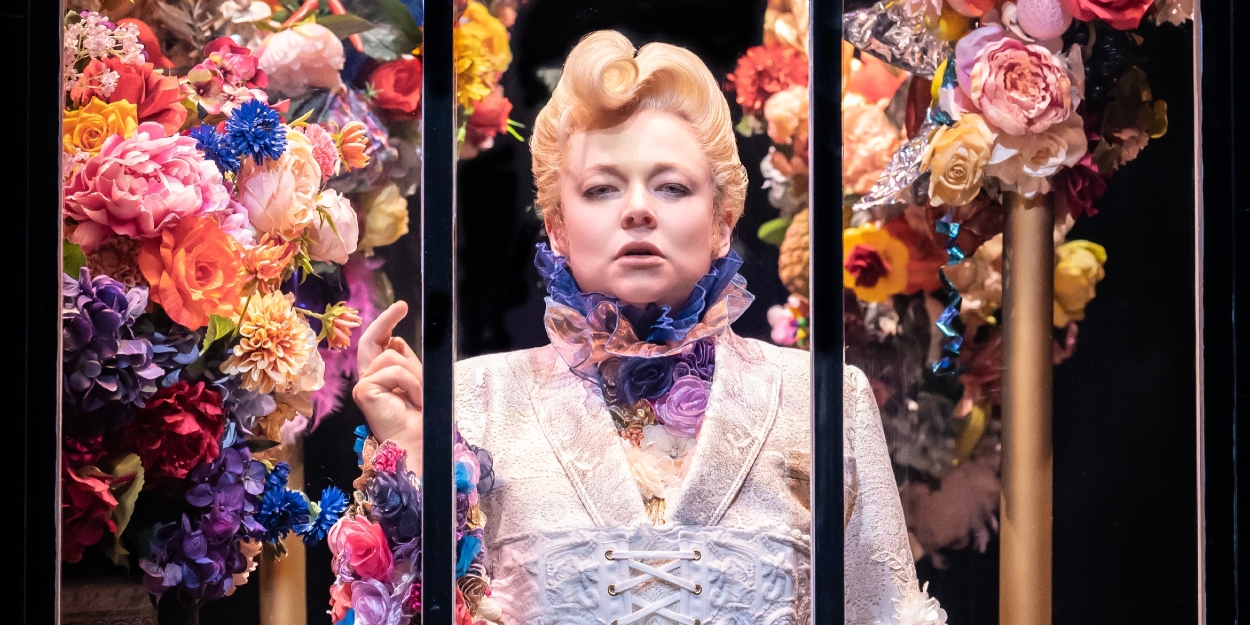Tired of looking tired? Some people are turning to “jelly roll” Botox to fake a full night’s sleep.
When thinking about facial symmetry, the under-eye area is a major make-or-break part of the visage. With that said, many target the area with creams and serums to treat puffiness, dark spots, wrinkles and more.
Rather than continually hitting the drugstore to pick up under-eye products, plenty of beauty enthusiasts, as seen on TikTok, are heading to their plastic surgeon’s office instead.
For persistent puffiness, this unofficially approved (or off-label) Botox option is named after a jelly roll —the classic sponge cake, that is, not the country and rap artist.
The debated treatment is commonly injected under the eyes to relax the underlying muscle, known as the pretarsal orbicularis oculi.
As board-certified plastic surgeon Dr. Julius Few recently told Popsugar, the “jelly roll area” of the lower eyelid covers “four to six millimeters of skin below the eyelashes,” and the muscle, he noted, is “just beneath the skin” but on top of “the cartilage that gives the eyelids form and shape.”
Ever noticed a bulge appear beneath your peepers when squinting or smiling? That, dermatologist Saami Khalifian, also explained to Popsugar, is “due to muscle contraction rather than fat.”
“Jelly roll” Botox can come to the rescue there, according to Khalifian, as it “helps relax the muscle for a smoother, more refreshed look.”
However, those who like to “smize” in photos à la Tyra Banks might be disappointed to learn that this Botox injection can “diminish the effect of smiling with your eyes,” Khalifian added.
The derm noted that some folks “don’t like” the treatment for that reason, but added that it’s not the only potential drawback.
This type of injection is considered off-label, meaning it hasn’t received FDA approval, even if administered by a skilled professional.
While some might turn to the procedure to help with eye closure and enhance the contour of the lower eyelid, Khalifian warned that it’s not advisable for everyone.
“Those with under-eye hollowness, true fat pads or existing lower eyelid laxity should avoid it,” he told the outlet, because “relaxing the muscle too much can cause the under-eye to appear looser.”
It also might not be the quick fix for dark circles that it appears to be.
“‘Jelly roll’ Botox won’t fix true under-eye bags, hollowness or dark circles,” Khalifian insisted and noted that “if the issue is fat pads, Botox won’t help.”
If you’re struggling with hollowness, Khalifian suggested that tear trough filler, lasers, radiofrequency (RF) microneedling or Platelet-Rich Fibrin (PRF) as better alternatives.
And if muscle contraction is behind your puffy under-eyes, he said that “a small dose can be effective.”
Board-certified dermatologist Dr. Melanie Palm agreed, telling Real Self that using too much can overly relax the muscle and worsen puffiness.
“If treated with too many units of botulinum toxin, this muscle — which normally acts as a sphincter to help enhance lymphatic flow around the eyelid and cheek — can be over-relaxed, which can result in swelling,” she shared.
However, Khalifian stressed that “‘jelly roll’ Botox only helps the subset of patients that get that thin roll of skin immediately under the lash line upon smiling.”
Doesn’t sound like you? If that’s the case, Khalifian “especially recommends” visiting an advanced practitioner due to the off-label status of the jelly roll method.
Despite its trendy name, “jelly roll” Botox is far from a new procedure. Palm shared that she’s been “doing this for the past decade or longer” for treating her patients’ under-eye areas.
The technique’s roots actually trace back to the early use of neuromodulators — such as Botox — in medicine.
“Originally, in the 1980s, it was used to treat patients with overactive under-eye muscle involuntary contractions, for a condition known as blepharospasm,” board-certified plastic surgeon Dr. Samuel Lin pointed out to Real Self.
He went on to say that its cosmetic use started in the early 2000s, specifically to address the “jelly roll” portion of the under-eyes.
While many Y2K beauty trends may be making a comeback this spring, experts concur that unless you specifically experience a small fold of skin under your lash line when you smile, the throwback Botox treatment might be best left in the past.















